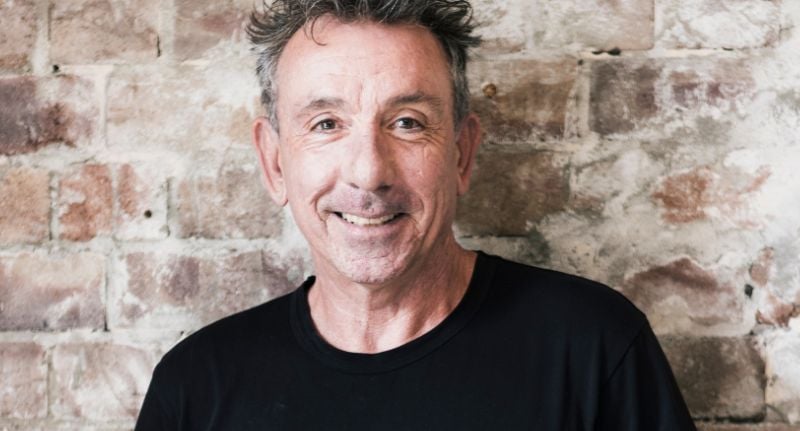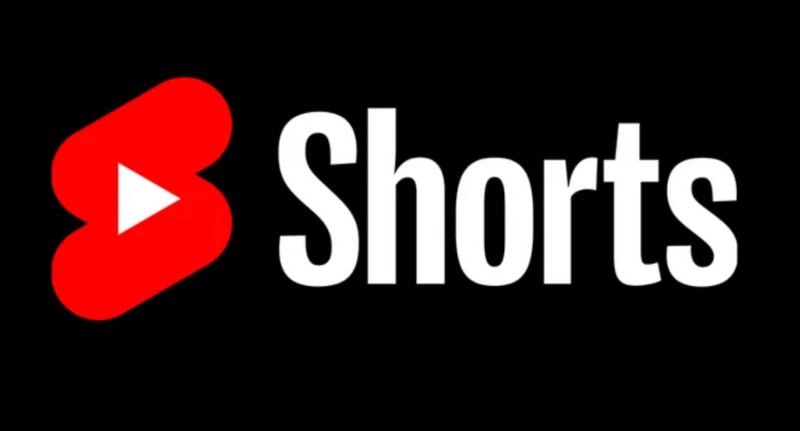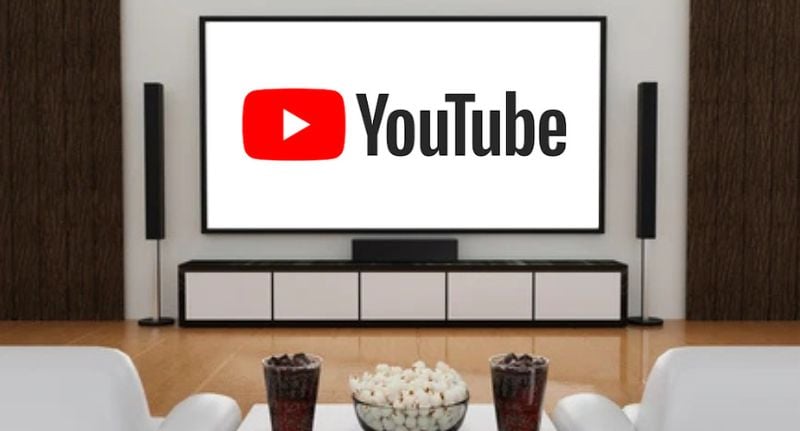Five years ago, connected TV (CTV) made up less than 8% of VA Media’s YouTube viewership. Today, it’s 47%, with nearly half of all viewing across the company’s 20+ owned and operated channels.
The privately-owned business has a number of shareholders and 2024 saw them celebrate their most successful year yet in terms of views and revenue.
Former music industry executive Mark Ashbridge is the CEO and Ed St John, the well-known journalist-turned-music exec, is the vice chairman.
For the Australian-born Ashbridge, the shift marks a fundamental change in the way audiences consume video content, and where advertisers need to be looking.
“People are now sitting in the family room and choosing YouTube,” Ashbridge tells Mediaweek. “You’re not on the bus anymore, not on mobile or in transit. You’re in the lounge, watching longer-form content for longer durations.”
It’s a change the numbers back up.
In 2024 alone, YouTube users streamed more than one billion hours of content each day on TV screens globally, according to Kurt Wilms, YouTube’s Senior Director of Product Management for TV. And while sports and kids content remain key genres, a surprising star has emerged in podcasts.
Viewers clocked over 400 million hours of podcast content monthly via CTV, often treating it like a new generation of late-night talk shows.

VA Media CEO Mark Ashbridge
From YouTube managers to media owners
VA Media has quietly become one of the largest Australian players in the YouTube ecosystem, despite being more widely known in the US than at home.
“We started off as a company that helped businesses run their YouTube channels,” says Ashbridge. “Just a few guys in an office, uploading content for companies like Cartoon Network.”
That humble beginning has evolved into a full-scale digital media business. VA Media now operates more than 20 channels, licensing genre content like long-form movies, true crime, and documentaries from global distributors including Banijay and All3Media.
“That transition has meant that more than 75% of our business today comes from owned and operated channels,” Ashbridge explains. “It’s been hugely successful.”
VA’s content is curated for international audiences, not just Australian viewers, with its top-performing markets spanning the US, UK, Canada, New Zealand, South Africa, and Europe. And while the company maintains service partnerships, it has firmly positioned itself as a global content network, powered by YouTube.

VA Media’s suite of YouTube channels
A new media model… with Google selling the ads
While most local media companies rely on domestic sales teams and deep brand relationships, VA Media leans into its role as a YouTube enterprise partner. That means Google handles all ad sales across its channels.
“We focus on buying, curating, and building brands. Google sells the ads,” says Ashbridge. “That’s what makes this model scalable and focused.”
It’s a playbook that’s being picked up by major global studios too. ITV, Banijay, Sony and others now have bespoke YouTube strategies, a far cry from five years ago when most traditional media saw the platform as a dumping ground for leftover content.
Shorts, subscriptions and strategy shifts
The broader shift, says Ashbridge, is that YouTube is no longer just a creator platform. It’’s evolving into a streaming destination in its own right, increasingly resembling the major subscription video on demand (SVOD) players.
Audiences can now subscribe to YouTube’s Movies & TV service, buy or rent content directly, or watch premium films for free with ads. Meanwhile, YouTube Shorts, vertical video content that mimics the TikTok format, is exploding in popularity.
“We’re seeing Shorts grow significantly. It’s clearly YouTube’s response to TikTok, Instagram, and Facebook,” Ashbridge says. “But on the other end, it’s also walking towards the streamers, offering subscriptions, buying content, building CTV.”
It’s this dual evolution: mobile and long-form, creator and premium, ad-supported and subscription, that’s positioning YouTube as a major threat to incumbents like Netflix, who are now trialling tiered ad models to keep up.

What this means for advertisers
Ashbridge’s message to advertisers is simple: YouTube is now a TV platform, not just a digital one. Brands that still silo YouTube as a mobile or digital-only buy may be missing out on the most engaged, high-attention audience in the living room.
“There’s real engagement, real data, and real revenue on the platform now,” says Ashbridge. “And you don’t get that level of insight from traditional distribution models.”
With Google’s global sales infrastructure and YouTube’s reach into nearly every connected household, advertisers have an opportunity to target audiences at scale, but with the precision and feedback loops that broadcast TV simply can’t offer.
As YouTube continues to reshape the media landscape from both ends, short-form mobile to long-form CTV, companies like VA Media are proving that it’s not just a platform, but a foundation for building next-generation media businesses.
